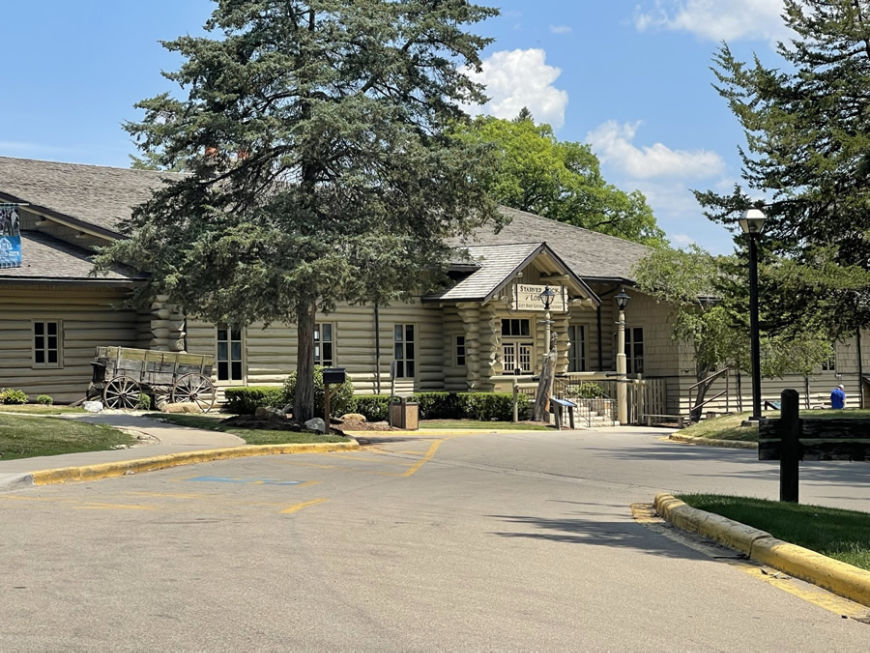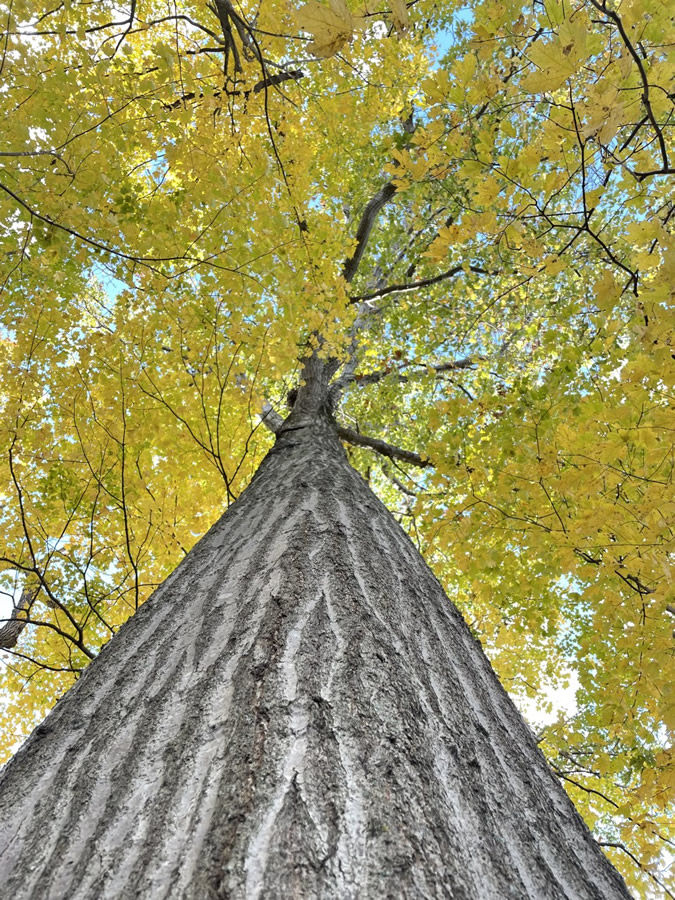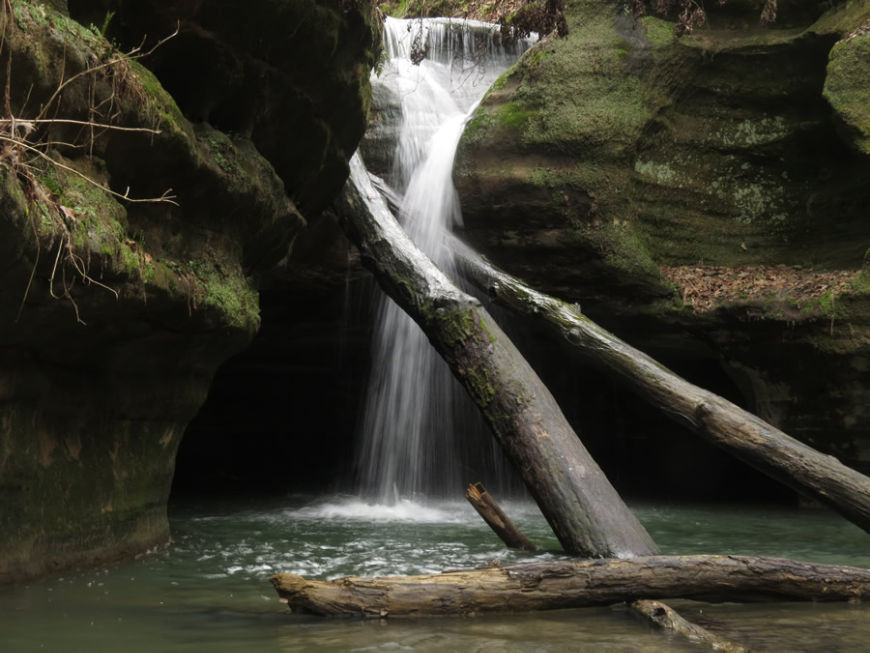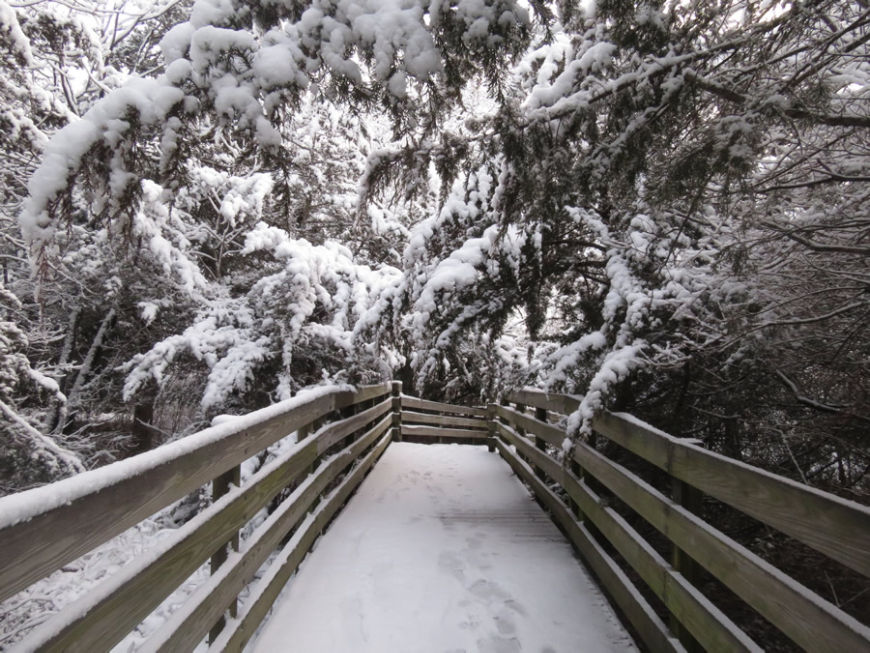Starved Rock State Park, nestled along the Illinois River in La Salle County, stands out as one of the most stunning spots in Illinois. Established as the state's second state park in 1911, it boasts 18 canyons with striking vertical walls of moss-laden St. Peter Sandstone, shaped by glacial meltwater over 14,000 years ago. With over 13 miles of trails, visitors can explore rain-fed waterfalls, sandstone overhangs, and breathtaking viewpoints. The park is rich in diverse plant life, including white and red oaks, maples, hickories, white pines, eastern red cedars, and northern white cedars, all of which provide a habitat for a variety of wildlife.
There are numerous recreational activities available, including hiking, camping, fishing, boating, and hunting. Throughout the year, the park hosts special events, guided tours, and various programs. The Starved Rock Visitor Center welcomes guests year-round, while the historic Starved Rock Lodge, built in the 1930s, offers upscale accommodations, cabin rooms, and exquisite dining options. For reservations at the lodge, you can call 1-800-868-ROCK (800-868-7625) or 815-667-4211, or visit the lodge website.
History
This region has been inhabited by humans for over 10,000 years. The Hopewellian, Woodland, and Mississippian Native American cultures flourished here. Among the most recent and likely the most populous group were the Illinois people. Various subtribes of the Illinois Confederation occupied this area from the 16th century until the early 19th century, with the Kaskaskia being one of those subtribes. They resided directly across from what is now known as Starved Rock State Park, in a place referred to as the Grand Village of the Kaskaskia or La Vantum by the French.
In 1673, French explorers Louis Jolliet and Jesuit missionary Father Jacques Marquette traveled through this area while journeying up the Illinois River from the Mississippi. Known as “Pere,” which means “Father” in French, Marquette returned two years later to establish the Mission of the Immaculate Conception, marking Illinois’ first Christian mission at the Kaskaskia village.
In the winter of 1682-83, the French constructed Fort St. Louis on top of Starved Rock due to its advantageous position overlooking the Illinois River. However, facing pressure from small Iroquois war parties during the French and Indian Wars and dwindling resources, the French abandoned the fort by the early 1700s, retreating to what is now Peoria, where they built Fort Pimitoui. Although Fort St. Louis became a refuge for traders and trappers, by 1720, all traces of the fort had vanished.
The name Starved Rock State Park is derived from a Native American legend. In 1769, Chief Pontiac of the Ottawa tribe was killed by a Peoria brave (a sub-tribe of the Illinois Confederation) while attending a tribal council in southern Illinois. According to the legend, during the ensuing battles aimed at avenging his death, a group of Illinois, besieged by Potawatomi (allies of the Ottawa), sought refuge atop a 125-foot sandstone butte, which is now known as Starved Rock. The Illinois people eventually found themselves encircled by the Ottawa and Potawatomi, which contributed to their downfall. This is just a tale though and not supported by any archaeological evidence or historical documentation. Today, descendants of the Illinois Confederation, particularly the Kaskaskia and Peoria, continue to flourish as members of the Peoria Tribe of Oklahoma, located in Miami, Oklahoma.







